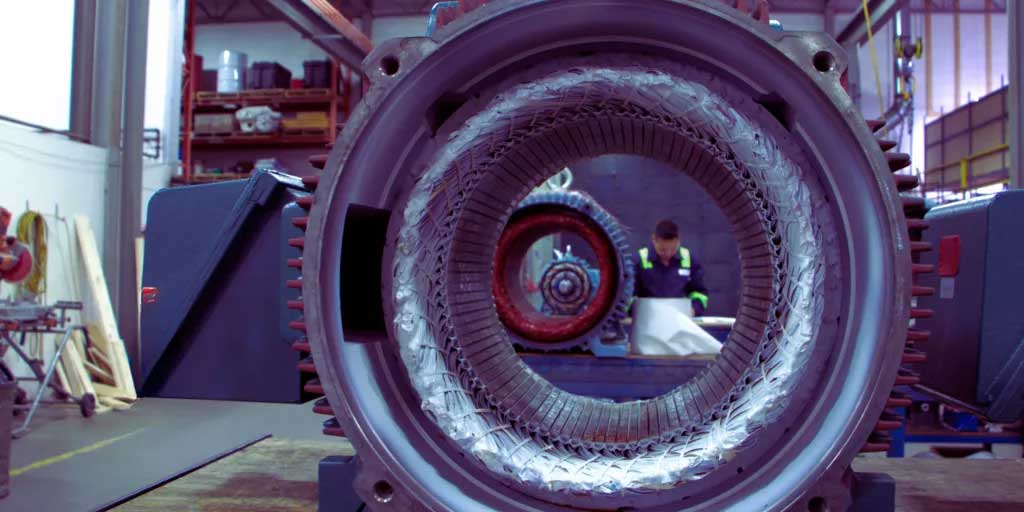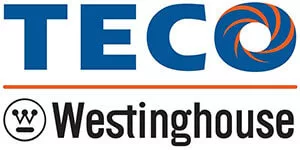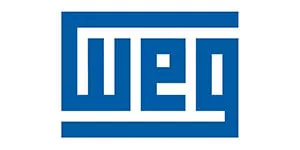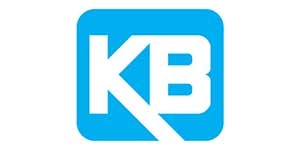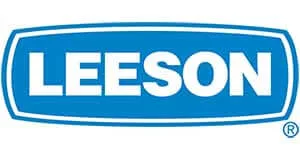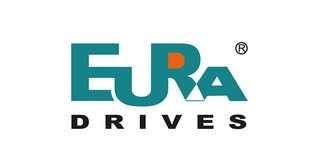Universal Rewind supplies motor control solutions that keep your equipment running safely and efficiently. Whether you’re starting up, slowing down, or fine-tuning motor performance, we supply the products to do it right—VFDs, soft starters, magnetic starters, and more.
In Stock and Ready
Our shelves are stocked with ready-to-ship gearing products for both standard and specialty applications — from inline helical to right-angle worm gearboxes. We support everything from OEM systems to custom machinery.
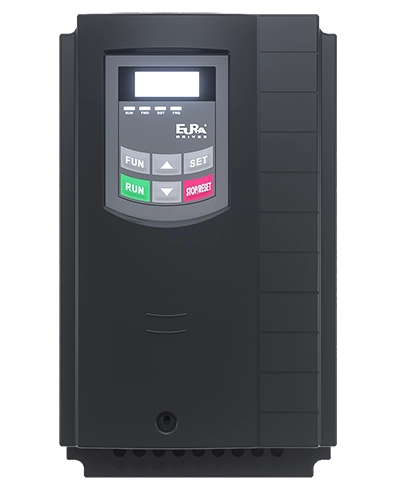
Variable Frequency Drives
Right angle gearboxes are ideal for tight spaces and 90-degree power transmission. We offer worm gear designs that deliver smooth torque transfer, compact installation, and long-lasting performance in both light-duty and high-load applications.
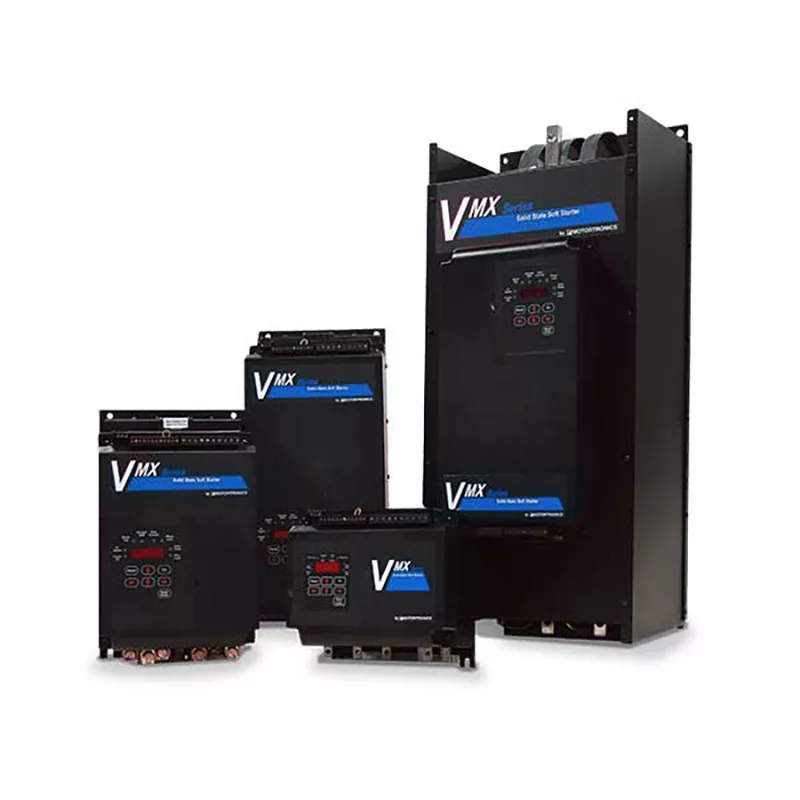
Soft Starters
When standard solutions won’t cut it, we provide high-efficiency custom inline gearboxes tailored to your exact specs. From unique ratios to specialized mounting or shaft configurations, we’ll suggest a working solution.
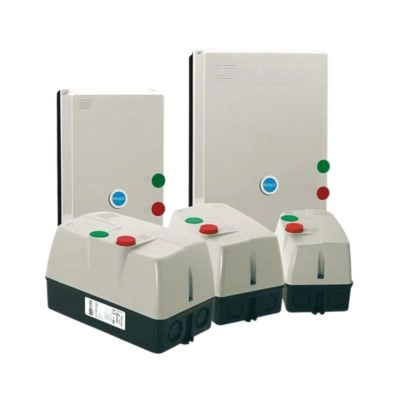
Magnetic Starters
We stock and source complete gear motors that combine power and torque in a compact, ready-to-run package. Available in a range of sizes, speeds, and mounting styles, our gear motors are suited for conveyors, mixers, and more.
Sourced to Spec
Need a specific brand, enclosure type, or control feature? We work with a trusted network of control manufacturers to get exactly what your application calls for. Whether you’re replacing a failed unit or upgrading for efficiency, we’ll make sure you get the right fit.
Reliable Brands, Smart Performance
We supply motor control systems from industry leaders known for reliability, safety, and smart functionality. Our team will help you select the ideal motor control equipment—so your systems run smoother, last longer, and deliver more control where it counts.
Our CONTROL Brands

